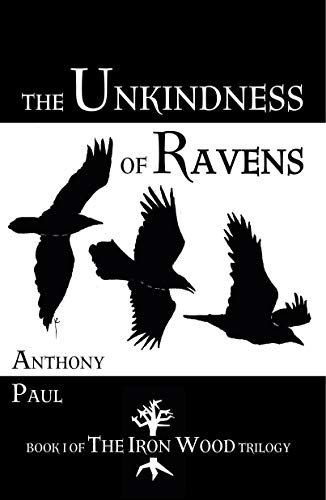Highway 61 Revisited by Bob Dylan
Page 18 of 19 - 1 2 3 4 5 6 7 8 9 10 11 12 13 14 15 16 17 18 19 Purchase full notes for £6.95 (aprox $10.84)
TOMBSTONE BLUES
In the late August or early September of 1965, a short while after Dylan had added ‘Tombstone Blues’ to his live set with the Hawks, he was interviewed by Nora Ephron and Susan Edmonton of the New York Post. The conversation turns to the American folk tradition at one point, and Dylan takes the opportunity to explain:
… folk music is the only music where it isn’t simple. It’s never been simple. It’s weird, man, full of legend, myth, Bible and ghosts. I’ve never written anything hard to understand, not in my head anyway, and nothing as far out as some of the old songs. They were out of sight.
The noted cultural critic Greil Marcus quotes this passage in ‘The Old, Weird, America’ chapter from his book Invisible Republic and it forms a key part of his argument that Dylan’s work in the sixties drew much of its inspiration from the often strange, unearthly-sounding songs – many of them, as Dylan says, full of ‘legend, myth, Bible and ghosts’ – chosen by the bohemian artist and collector Harry Smith for his hugely influential Anthology of American Folk Music (Folkways Records, 1952). Dylan wrote a positive blurb for Marcus’s book, but he has also expressed some caveats about its argument, pointing out, for example, that he didn’t personally own a copy of the Anthology. That said, Dave Van Ronk had one, as did John Cohen of the New Lost City Ramblers and Dylan would have heard these two musicians, as well as numerous others, performing songs from the Anthology, and others like them, around the Village. Several he learned to play himself.Nevertheless, linking the songs Dylan was composing in the mid-nineteen-sixties to traditional American folk music is not an obvious connection to make. The lyrics of ‘Tombstone Blues’ and ‘Highway 61 Revisited’ are a great deal more ‘weird, […] full of legend, myth, Bible and ghosts’ than the vast majority of folk and blues songs. That the ‘weirdness’ of Harry Smith’s Anthology and of the American folk tradition in general was a major influence on Dylan cannot be seriously doubted, but it falls short of explaining the extraordinary development that took place in his lyric writing in this period. Only one song out of the six LPs of Harry Smith’s Anthology demonstrably influenced Dylan’s output in the mid-sixties, and that is Bascom Lamar Lunsford’s undeniably peculiar ‘I Wish I Was a Mole in the Ground’ which inspired the line ‘She said that all the railroad men/ Just drink up you blood like wine’ from ‘Stuck Inside Of Mobile With The Memphis Blues Again’. In the New York Post article, Dylan is asked for specific examples of songs from the folk tradition which fall into his category of being ‘full of legend, myth, Bible and ghosts’ and his answer is only partially convincing:
‘Little Brown Dog.’ ‘I bought a little brown dog, its face is all gray. Now I’m going to Turkey flying on my bottle.’ And ‘Nottemun Town,’ that’s like a herd of ghosts passing through on the way to Tangiers. ‘Lord Edward,’ ‘Barbara Allen,’ they’re full of myth.
 If you have found our critical notes helpful, why not try the first Tower Notes novel, a historical fantasy set in the time of the Anglo-Saxon invasions.
If you have found our critical notes helpful, why not try the first Tower Notes novel, a historical fantasy set in the time of the Anglo-Saxon invasions.
Available HERE where you can read the opening chapters.
